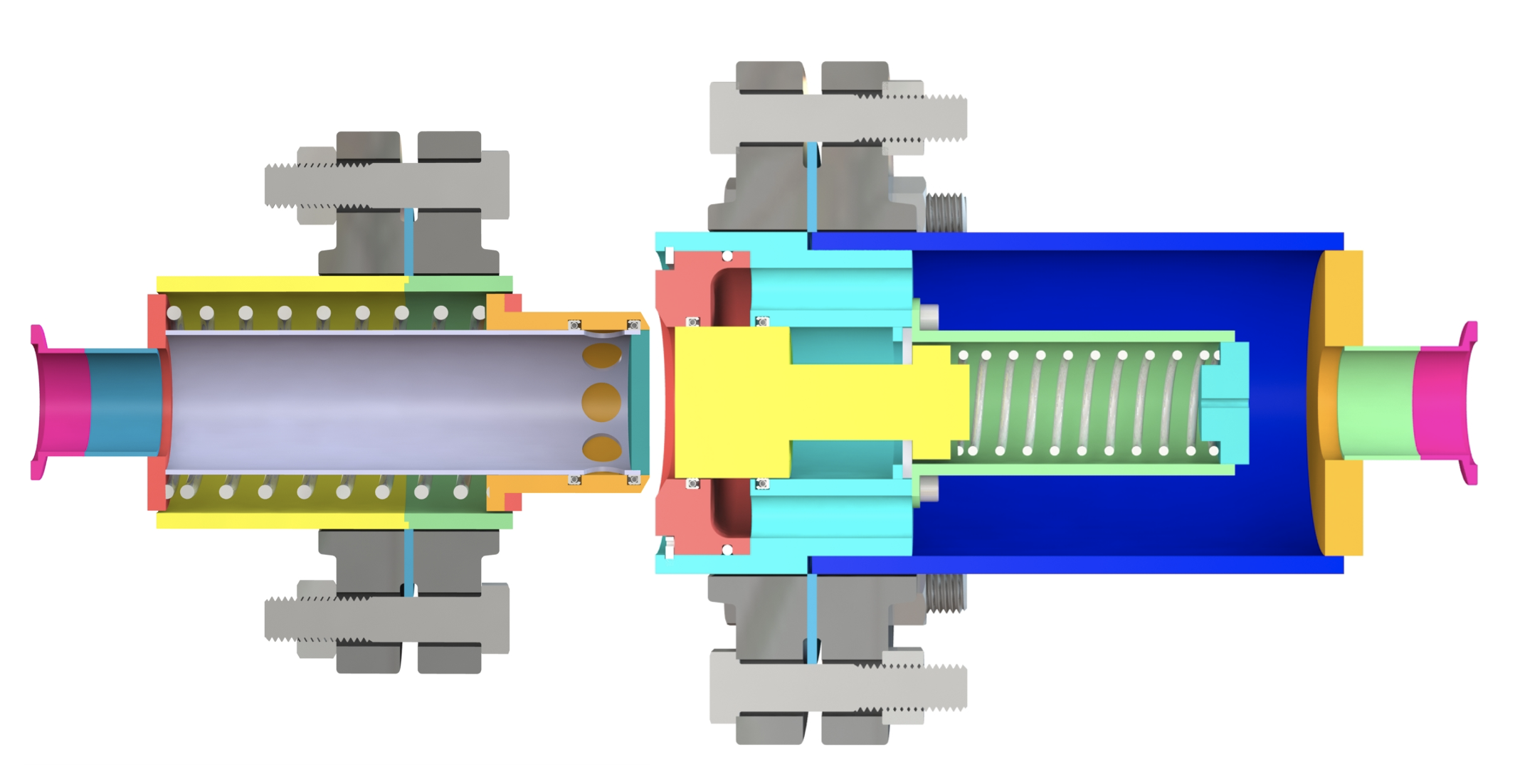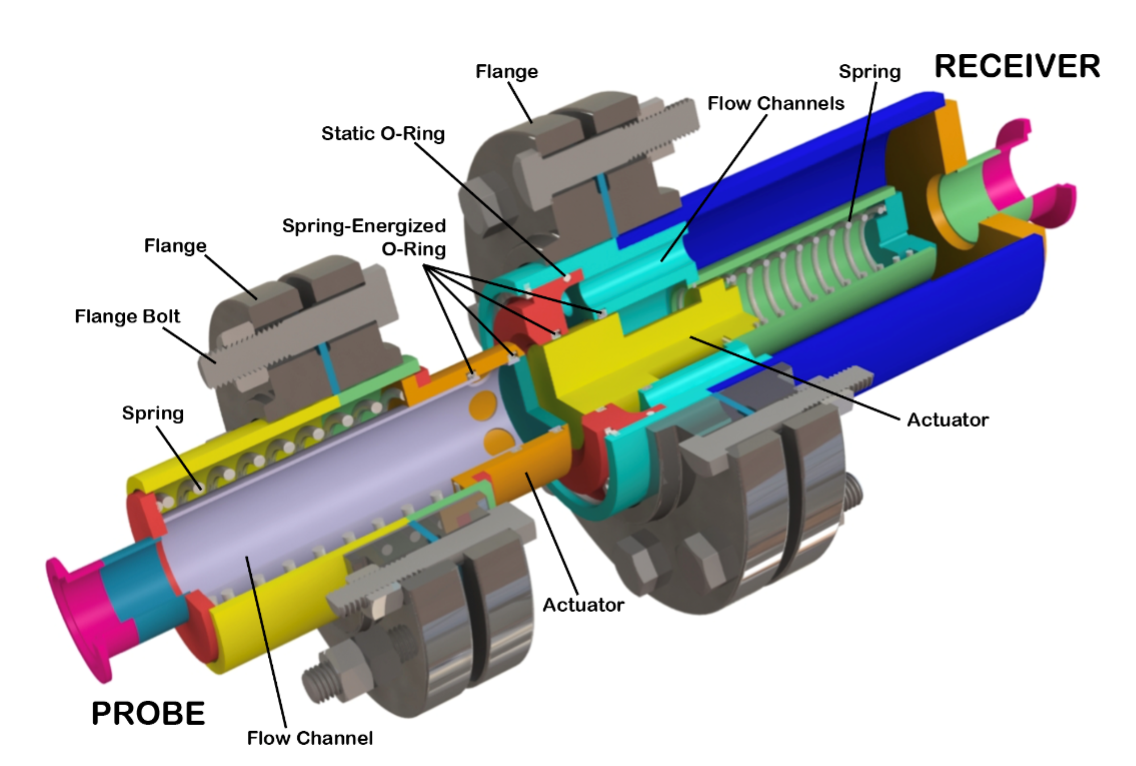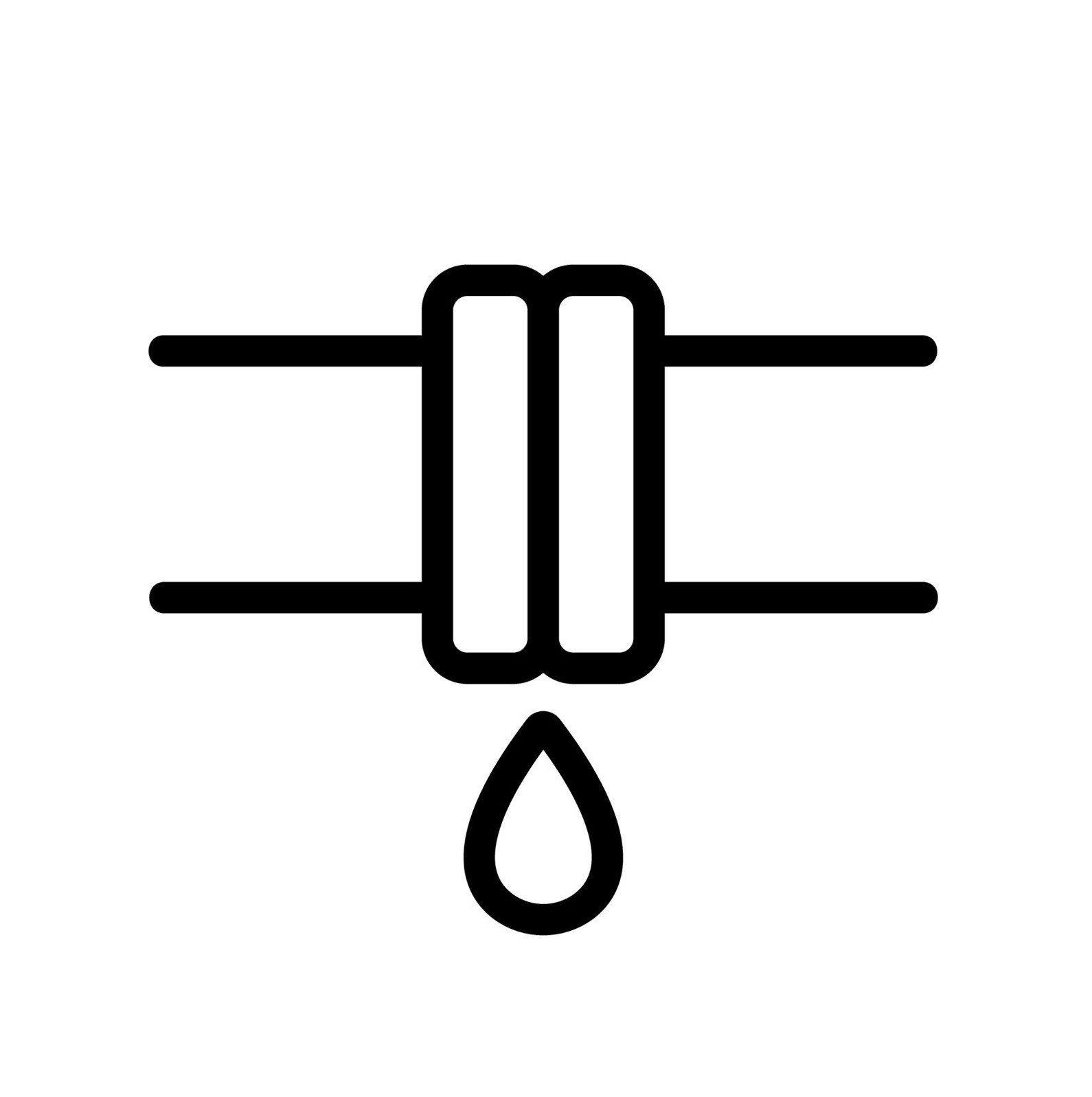Team 520

Jason Goldstein
B.S. Mechanical Engineering
Materials Engineer
Following graduation, Jason plans to apply his education and further his knowledge by entering the industry. He will also take the FE exam to attain his certification in the fundamentals of engineering.
Linkedin
Lauren Roche
B.S. Mechanical Engineering
Cryogenics Engineer
Following graduation, Lauren will move to Kennesaw, GA where she will begin working as an engineer for ENERCON. She plans to study for the FE exam and join the Georgia Society of Professional Engineers (GSPE).
Linkedin
Sean Rodney
B.S. Mechanical Engineering
Test Engineer
Following graduation, Sean will begin working at General Dynamics Land Systems as a manufacturing engineer in Tallahassee, FL.
LinkedinValerie Rodriguez
B.S. Mechanical Engineering
Thermal Fluids Engineer
Following graduation, Valerie plans to attend graduate school for aerospace engineering.
LinkedinNicolas Sgammato
B.S. Mechanical Engineering
Design Engineer
Following graduation, Nicolas plans to further his career by working in the aerospace industry.
Linkedin











